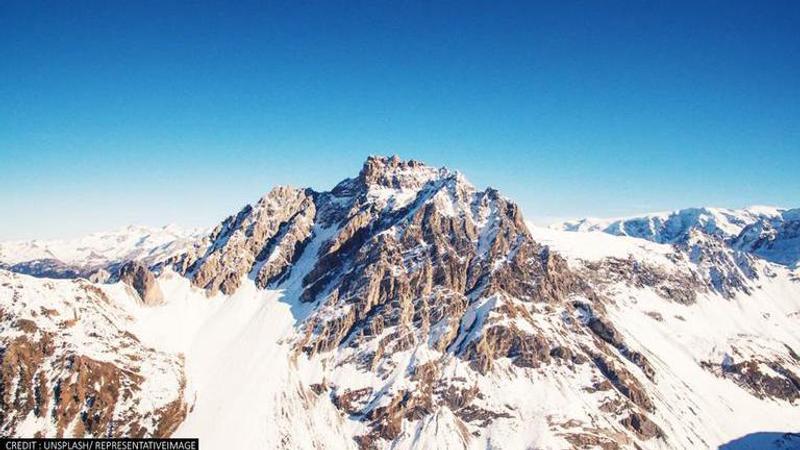Published 13:05 IST, August 19th 2021
Study: Sweden's highest peak lost two metres in past year due to climate change
Owing to the rising temperature, the southern peak of Sweden's highest mountain Kebnekaise has lost two metres in height in the past year.

Rising temperature driven by climate change has led to the melting of the glacier. It is due to the rising temperature that the southern peak of Sweden's highest mountain Kebnekaise has lost two metres in height in the past year, according to Stockholm University. The findings of the study have been published in the journal, Taylor and Francis online.
Shrinking of Swedish mountain Kebnekaise
Researchers on August 14, 2021, measured The southern peak of Sweden's highest mountain Kebnekaise at 2 094,6 meters above sea level at Tarfala Research Station. It has lost almost two metres in height in the past year. The measurement made on August 7, 2020, showed that the south peak's height was 2 096,5 meters above sea level. Stockholm University has informed that it is the lowest height that has been measured since the measurements started in the 1940s. According to the study, the ice summit of Kebnekaise has been slowly melting down due to climate change. In August 2018 this peak, which for a long time has been the highest in Sweden, reached an elevation a few decimetres lower than the nearby situated northern summit in solid rock.
According to the study, the thickness of the ice was surveyed twice using a helicopter born radar system. In August 2018, researchers at Tarfala Research Station for the first time found that the southern peak of Kebnekaise was lower than the northern peak on the same mountain. According to Stockholm University, the decrease in the peak and the changed appearance of the drift can be explained by rising air temperature and changing wind patterns, which affect where the snow accumulates in the winter. On an average, the entire drift has decreased in thickness by 0.5 meters since 2020. The height of the ice summit of Kebnekaise follows the trend in the mass balance of the nearby Storglaciaren.
IMAGE: Unsplash/RepresentativeImage
Updated 13:19 IST, August 19th 2021




